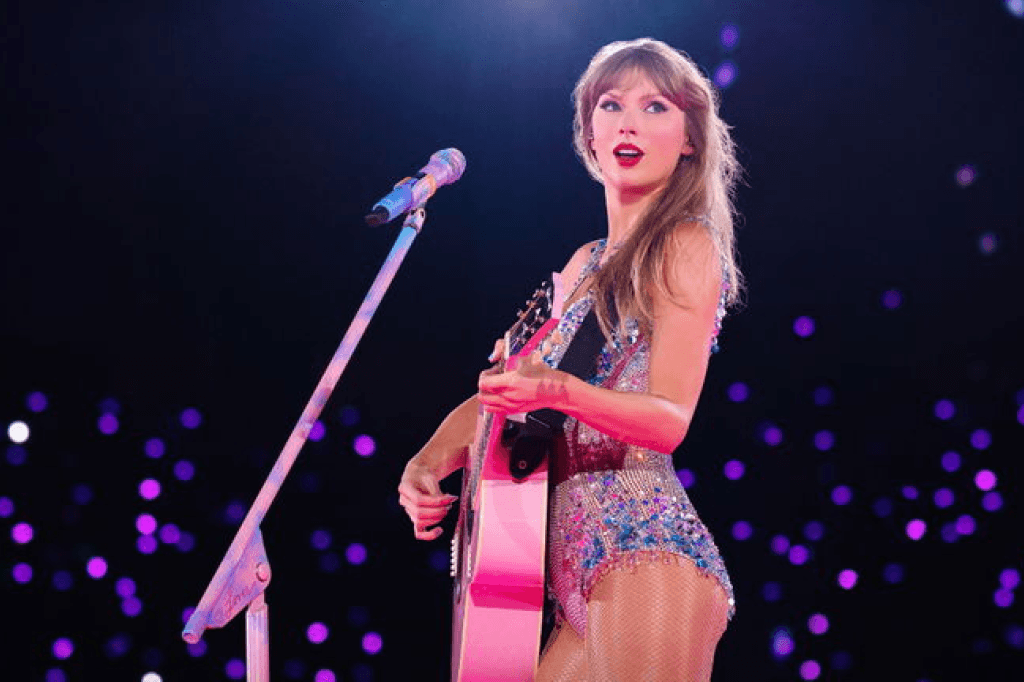Taylor Swift’s artistic evolution has led her through country, pop, folk, and alternative sounds, resulting in a richly diverse catalog. Many of her most beloved tracks are not defined by simple beats or catchy hooks. Instead, they draw listeners in with intricate, unpredictable melodies and deep narrative storytelling. Data from The Eras Tour period reinforces this idea: songs that re-entered Spotify’s charts during The Eras Tour tended to show an inverse relationship between their chart success—measured by peak ranks, and weeks on chart—and their danceability. In other words, the songs that fans hold closest to their hearts often lack the steady, easily digestible rhythms we might associate with conventional hits.
Low-danceability tracks may excel at weaving emotional depth and complexity, but The Eras Tour lasts more than three hours. This raises a question:
"Would the audience's engagement and energy be maintained throughout a three-plus hour show with only these 'low danceability' songs?"
Bubble size represents weeks on chart. Click the bubble to play the song!
The Role of Danceability in a Long Performance

A concert is not just an event that lists hit songs. If the entire show consists only of low-danceability music filled with dramatic melodies to support her excellent lyrical delivery, the audience can become overwhelmed and tired. The key insight is that 'danceability' means more than just how easy it is to dance to a song. It represents something more basic: the predictability of rhythm, stability of beats, and an acoustic environment that doesn't require endless effort to interpret. Highly danceable tracks provide moments of emotional rest where listeners can naturally follow a steady pulse, catch their breath, and prepare for the next complex section.
In other words, while less danceable songs draw listeners into emotional depth, more danceable songs help maintain attention in the long run. These songs let the audience relax, release tension, and stay engaged. Danceability appears not as just a musical quality but as a strategic tool, letting audiences navigate the complex emotional landscape of a concert for hours.

The Setlist Flow
Now, let’s take a look at the entire setlist on a track-by-track level, following the exact sequence of songs performed throughout The Eras Tour. This closer examination will reveal how the era-level strategies we’ve discussed manifest in real time—how each individual track, chosen from a diverse musical palette, contributes to a carefully orchestrated emotional journey. By analyzing the performance order and the specific danceability traits of each song, we can see how Taylor Swift balances tension and release, ensuring that the audience remains captivated from start to finish.

In the end, Taylor Swift employs danceability as more than just a measure of a track’s dance-friendliness. Instead, it becomes a foundational tool for shaping the emotional contour of a lengthy concert. By understanding the genre-driven differences between eras, the emotional patterns of specific tracks (especially the iconic fifth track), and how these elements intertwine in the setlist, one can see how a three-hour show remains consistently engaging. Low-danceability songs present challenging emotional depths, while high-danceability moments provide predictable rhythms and a light, refreshing mood. Swift’s careful curation of era transitions and track arrangements ensures that the audience never feels lost or weary.
Danceability emerges as the key to maintaining tension, excitement, and immersion throughout a long, narrative-rich live performance.
Analysis and Visualization by Sooyohn Nam
Data sourced from Spotify API